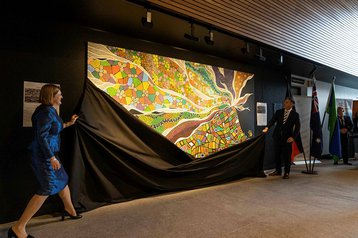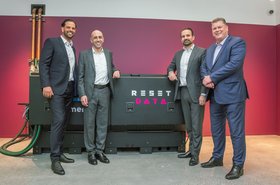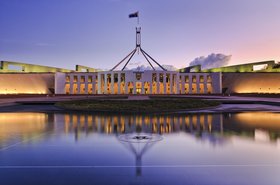Australia's Defence Science Technology Group says its Taingiwilta supercomputer is fully operational.
In a statement, Defence said that, after “intensive research and project development,” the supercomputer is now recognized as having “Final Operational Capacity.”
However, despite the system first being unveiled in August 2022, the Australian government has continuously declined to share the system’s specifications, with the director of supercomputing strategic engagement, Kristina Johnson, describing the system as “classified” at the Supercomputing Asia 2024 conference.
Richard Marles, who unveiled the supercomputer in three years ago in his then capacity as acting Prime Minister and Minister for Defence, also declined to share the system's specifications, but said Taingiwilta ranks in the top 50 systems in the world, suggesting performance capabilities of at least 10 petaflops compared to the current Top500 list.
The supercomputer will be used to support critical work across many Australian defense platforms, chief defense scientist, Professor Tanya Monro AC, said.
“This critical, secure and sovereign capability enables Australia’s best minds to tackle some of Defence’s most challenging problems at pace,” she added.
Taingiwilta means 'powerful' in the language of the Kaurna people, and the system is housed in a purpose-built secure facility called Mukarntu, meaning 'computer.'
The Australian government has previously been criticized about its lack of HPC strategy, with Australian Academy of Science’s president, professor Chennupati Jagadish, stating in 2024 that the country’s future prosperity and security is at risk without one, while also noting that Australia’s current crop of supercomputers is set to be obsolete by the end of the decade.






